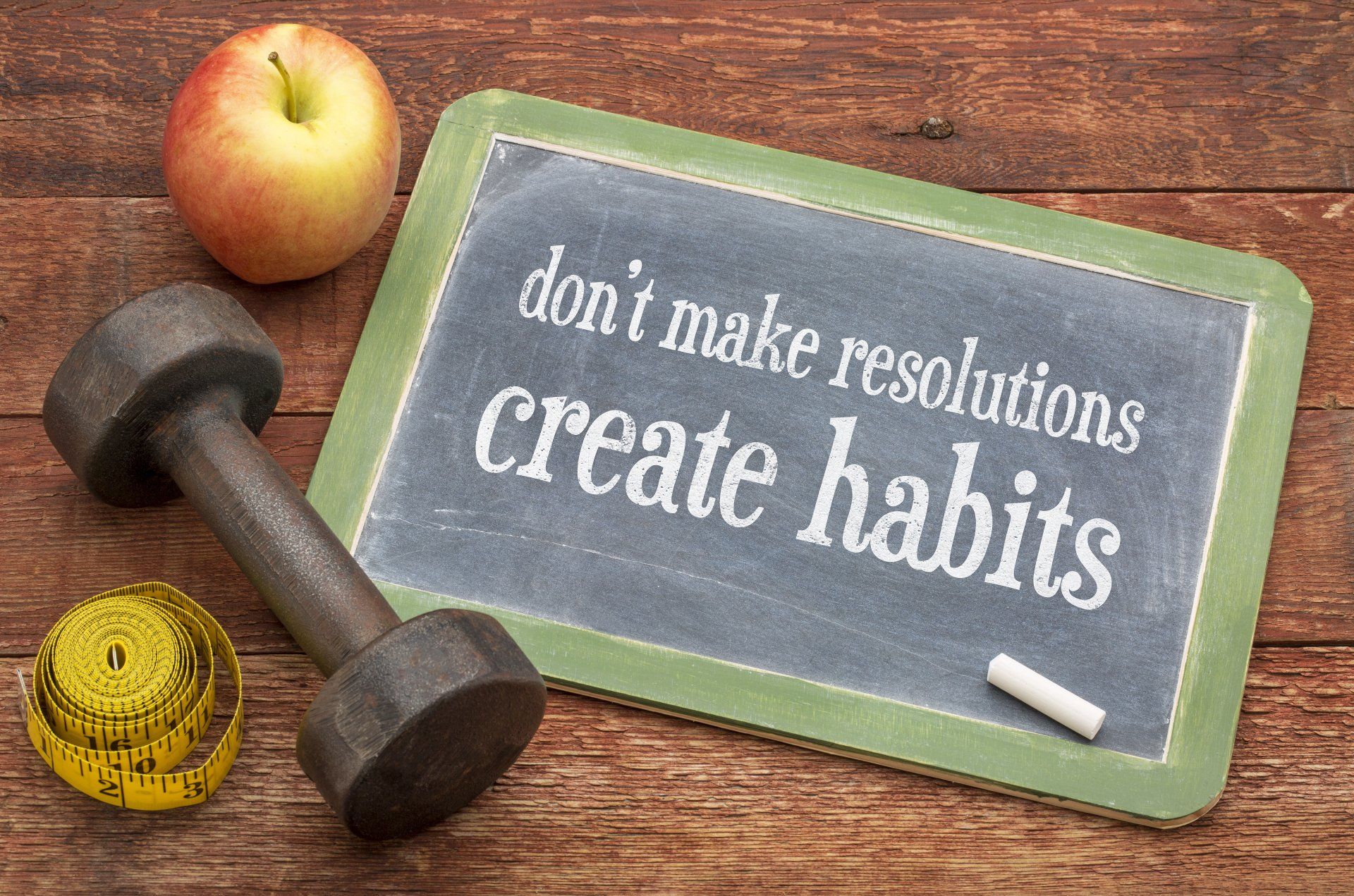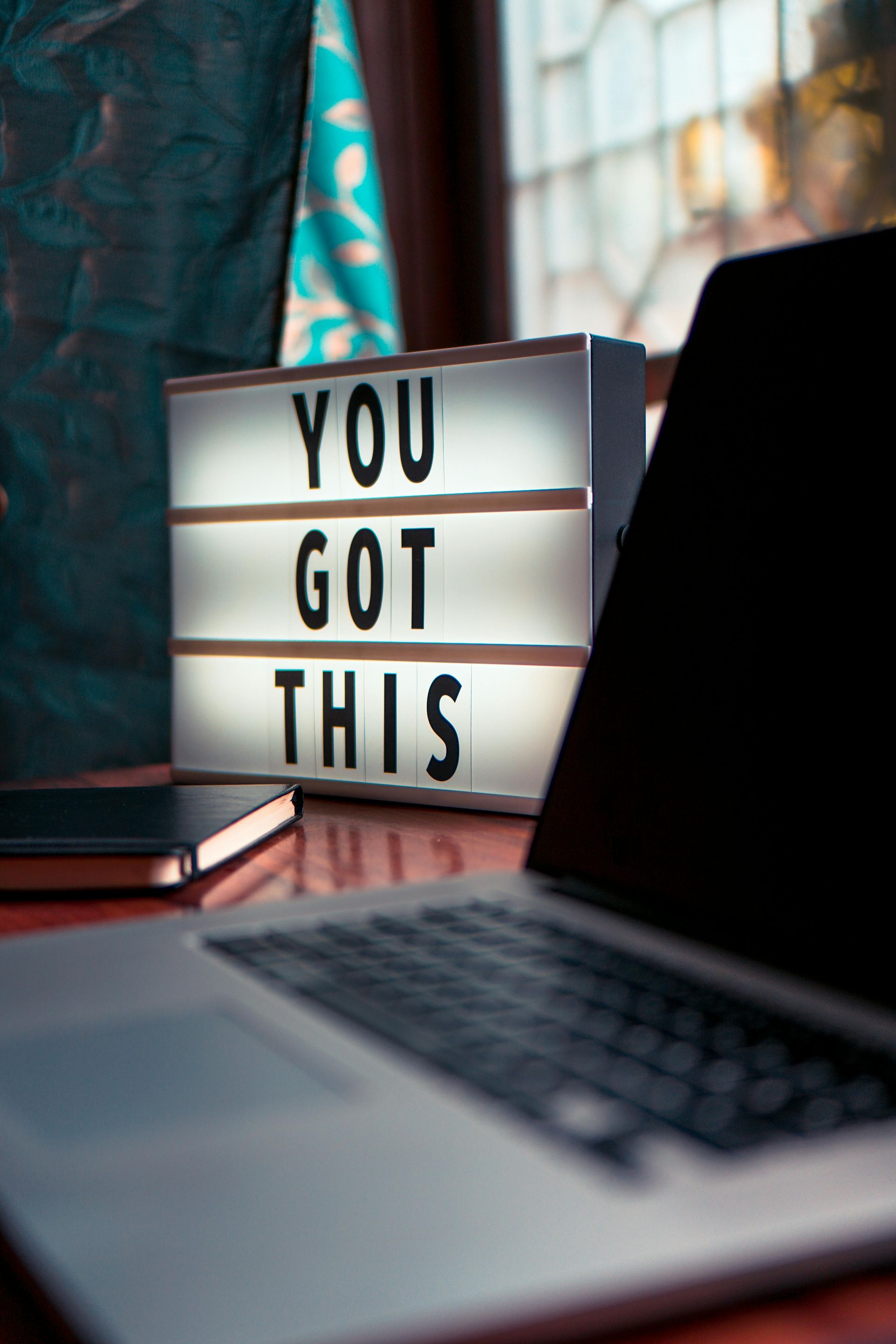The Human Comfort Zone: Why We Stay There and How to Break Free
How to Manage Discomfort When Making Health Behaviour Changes

We’ve all been there. You decide you want to eat healthier, move more, sleep better or finally reduce that stress you’ve been carrying around like a backpack full of bricks. You make a solid plan. Maybe even stick to it for a few days. But then resistance kicks in, old habits creep back in and motivation starts to fade. I have been here too, not just health wise but with work and life too.
What Is the Comfort Zone?
The comfort zone is a psychological space where we feel safe, in control, and familiar. It’s where habits live, where routines run on autopilot, and where the brain doesn’t have to work too hard. In behavioural science, the comfort zone is not just about ease, it’s about predictability. The brain’s job is to keep us safe and conserve energy.
So, it prefers routines it knows, even if they’re not necessarily helpful or healthy. For example, eating that biscuit with your tea every afternoon, skipping the gym after a long day, staying up late scrolling because it helps you “wind down”.
These behaviours might not support your long-term health goals, but they live in the comfort zone. They feel normal and that’s powerful.
Why Do We Stay There?
Because change feels like a threat, especially to our brain.
Even positive change like doing the school run, walking daily, eating more vegetables, or reducing screen time requires effort and creates uncertainty.
Our nervous system interprets this uncertainty as stress. The brain doesn’t distinguish between real danger and perceived discomfort; it just detects a shift away from the familiar.
That’s why people often describe behaviour change as “hard,” “stressful,” or even “overwhelming.” Not because you lack willpower but because your biology is wired to resist the unfamiliar.
As humans, we’re biologically wired to seek comfort and avoid risk. Our brains are designed to keep us safe, steering us toward the familiar and away from the unknown. This was essential for our ancestors’ survival but in today’s world, it’s not survival we’re after, it’s growth.
The very instincts that once protected us can now become barriers to meaningful change. We wait for the perfect moment to feel ready or comfortable but that moment rarely comes. Change often feels uncomfortable because it challenges our safety system.
But here’s the good news: you don’t need to make huge changes overnight. Real transformation happens through small, steady steps that will gently nudge you out of our comfort zone. So, if things feel a little uncomfortable right now, take it as a sign to mean that you’re on the right path.
How to Manage Discomfort at the Edge of Change
So how do we move forward when our brain is trying to pull us back?
Here are 5 practical tools rooted in psychology to help you navigate the discomfort zone:
1. Name the Discomfort
When you feel resistance, pause. Ask yourself: What am I actually feeling? Is it anxiety? Boredom? Fear of failure?
Labelling your emotions reduces their intensity. It creates distance between you and the discomfort, which makes it easier to respond thoughtfully instead of react automatically.
2. Start Smaller Than You Think
Your brain loves predictability. So rather than overhaul your lifestyle overnight, focus on one tiny, doable shift. For example:
- Walk for 5 minutes after lunch.
- Swap one sugary drink for water each day.
- Practice 60 seconds of deep breathing before bed.
- Write your to-do list for the next day before you go to bed.
These small steps feel safe enough to repeat helping your brain accept the “new normal.”
3. Expect the Dip
Discomfort is not a sign you're doing something wrong. It's a sign you're doing something different.
Normalise the fact that change will feel awkward, physically painful (usually in the tummy or upper body), or even disheartening at times. That “ugh” moment? It’s just your nervous system adjusting in the present moment and not a reason to stop.
4. Reframe Your Thinking
Instead of “I have to change,” try:
“I’m learning a new way to care for myself.”
“This is unfamiliar, not impossible.”
Shifting from judgment to curiosity allows you to stay engaged without triggering the brain’s threat response.
5. Make yourself accountable
Whether it’s a friend, therapist, or health app, create accountability systems that gently remind you of your ‘why’. You don’t have to navigate discomfort alone. Support can help to reduce the mental load and sustain motivation for lasting change.
Key take home
1. The comfort zone isn’t bad. It’s just limited. And while stepping out of it might feel awkward or uncertain, it’s also where growth lives.
2. If you’re trying to make health behaviour changes and keep getting stuck, just remember that it’s not a flaw in you. It’s simply the brain doing what it’s wired to do: protect you from change. But with patience, the right tools, and self-compassion, that zone of discomfort can become your new foundation.
3. Give yourself time because this helps to move out from the comfort zone into the growth zone. The feeling of discomfort will fade the more familiar it becomes and that’s when the magic happens.
Thank you for taking the time to read this blog.
For more information and/or support with creating lasting habits, or for a no obligation free 15-minute telephone consultation, please contact: info@evokinghealth.co.uk
Best Wishes
Dr Neesha Patel
p.s If you haven’t already, then please take a minute to check out my NEW YouTube channel: https://www.youtube.com/@DrNeesha where you will get weekly video updates on all things health psychology and behaviour change to help you create lasting healthy habits.









